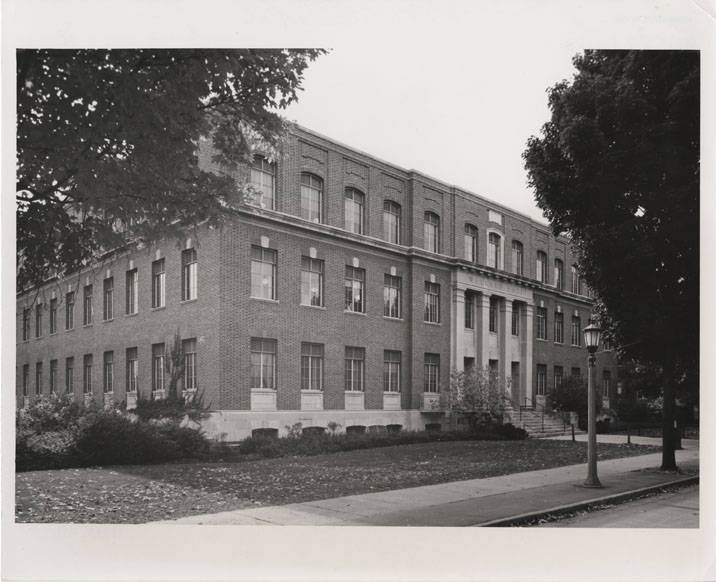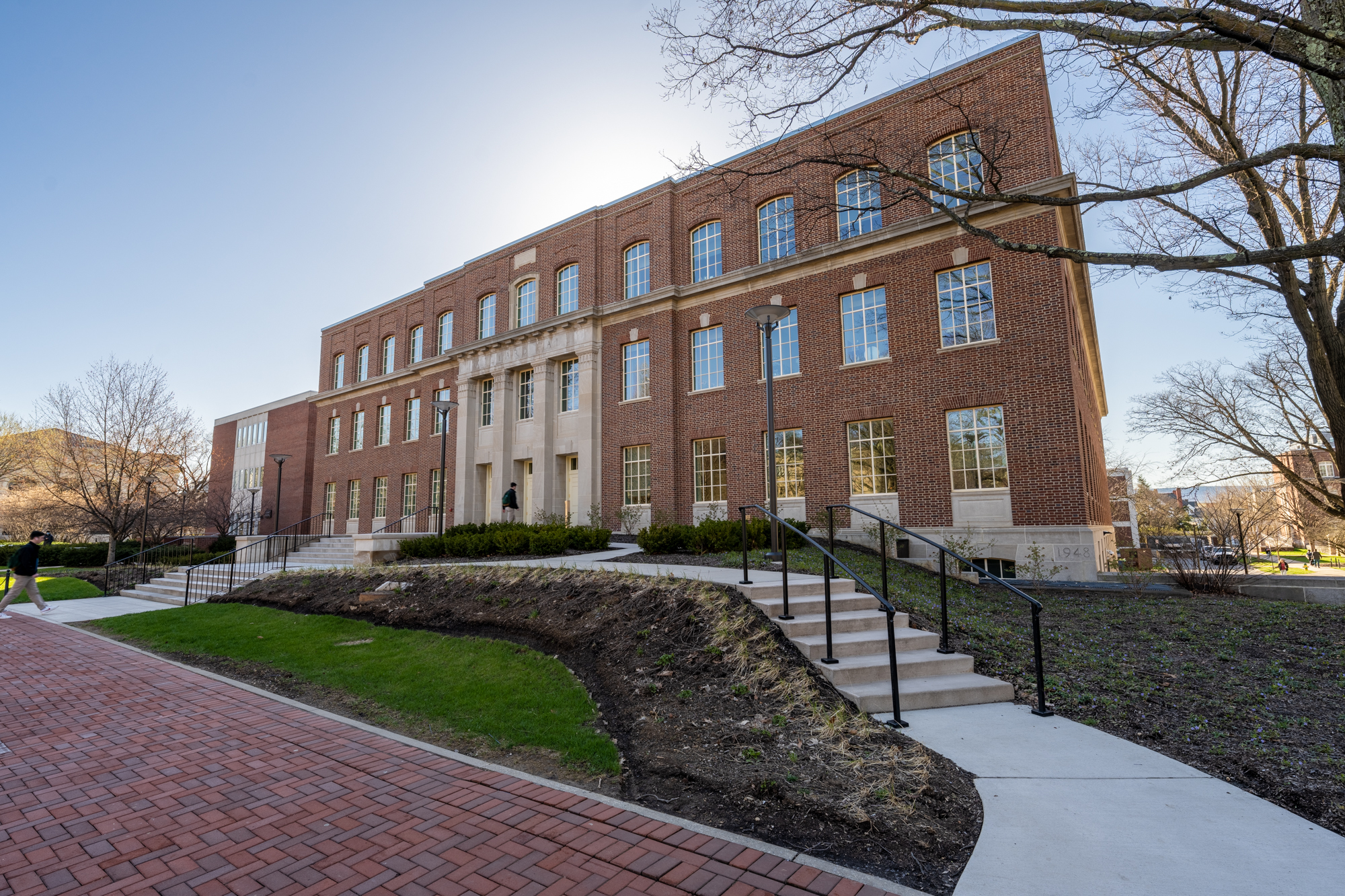With more than 150 degree options, the College of the Liberal Arts casts a wide physical footprint throughout Penn State University Park. Collectively, these buildings serve as proud reminders of Penn State’s past, while continuing to serve the evolving needs of the College of the Liberal Arts. In all, the college contains a dozen academic buildings, each of which has its own distinct history and character.
Susan Welch Liberal Arts Building
The college’s first newly constructed building in more than fifty years broke ground in August 2022. The Welch Building will be an innovative hub of social science teaching, research, and outreach activity. The 143,000-square-foot building will be completed in fall 2024.
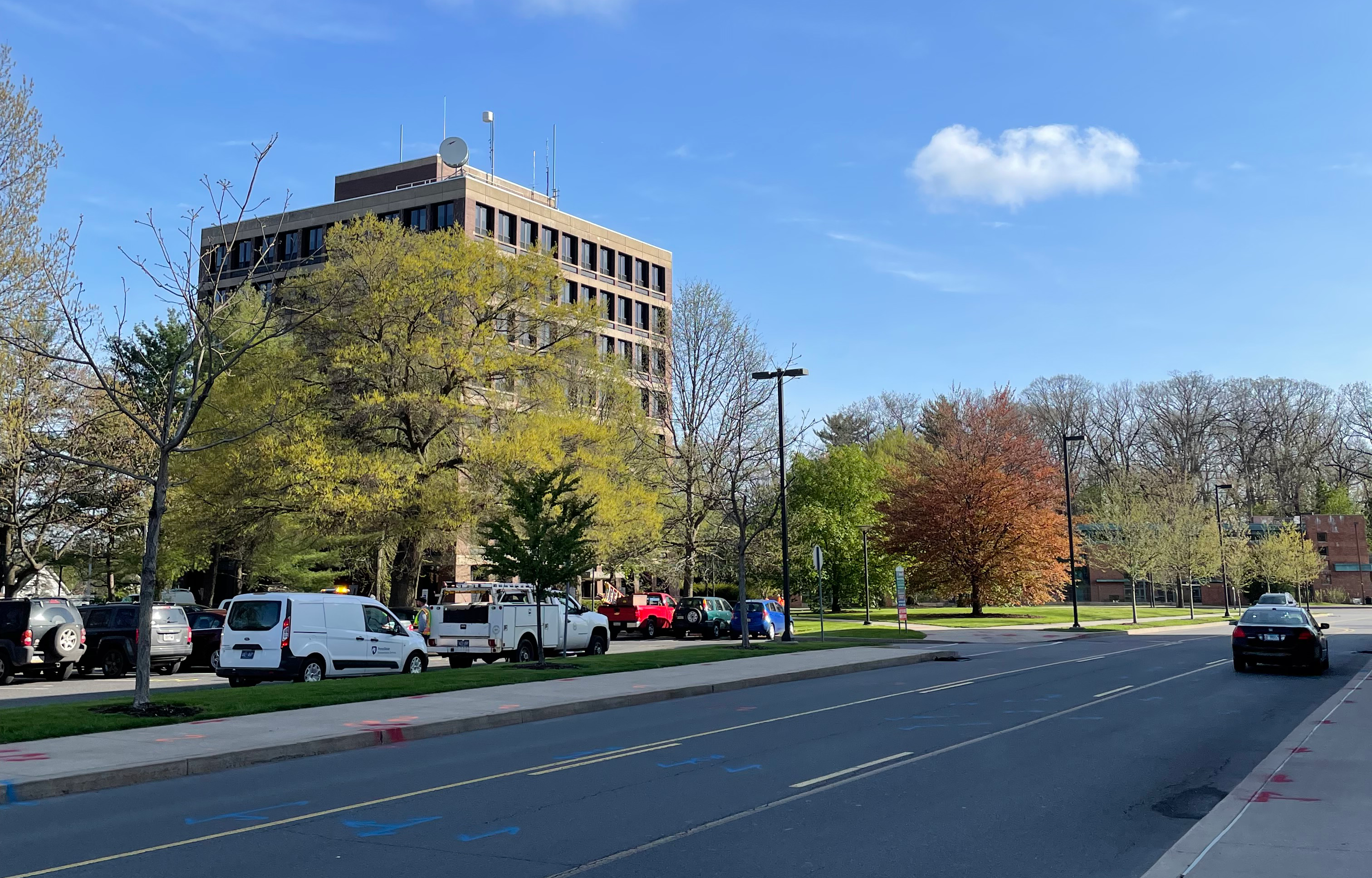
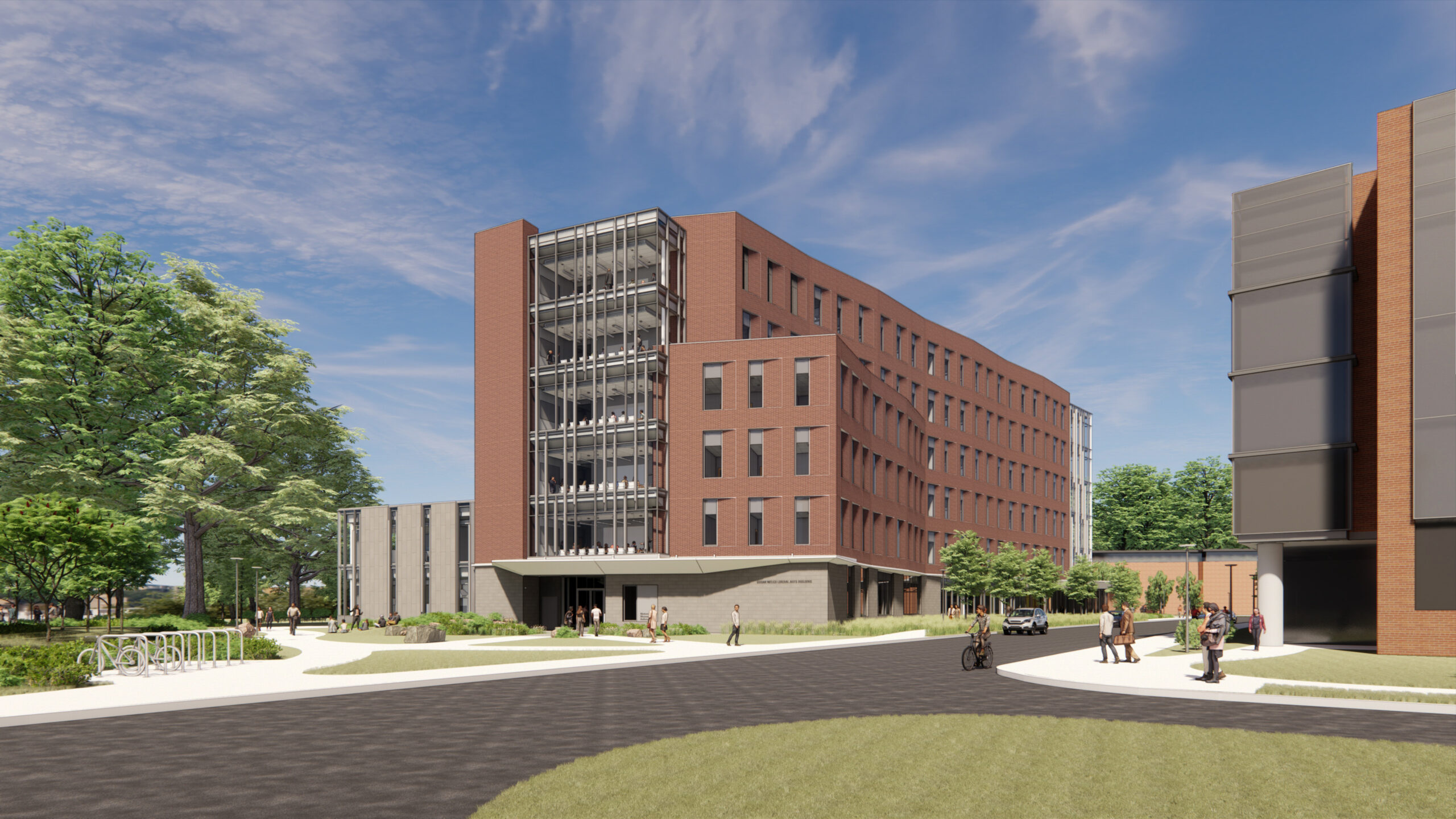
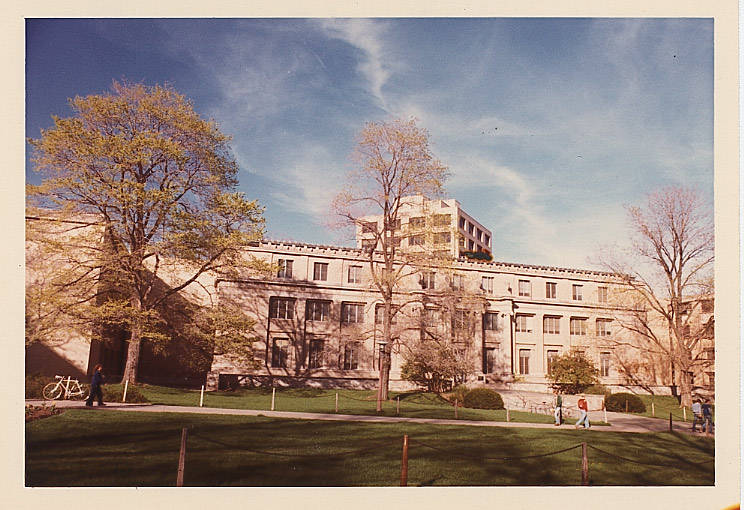
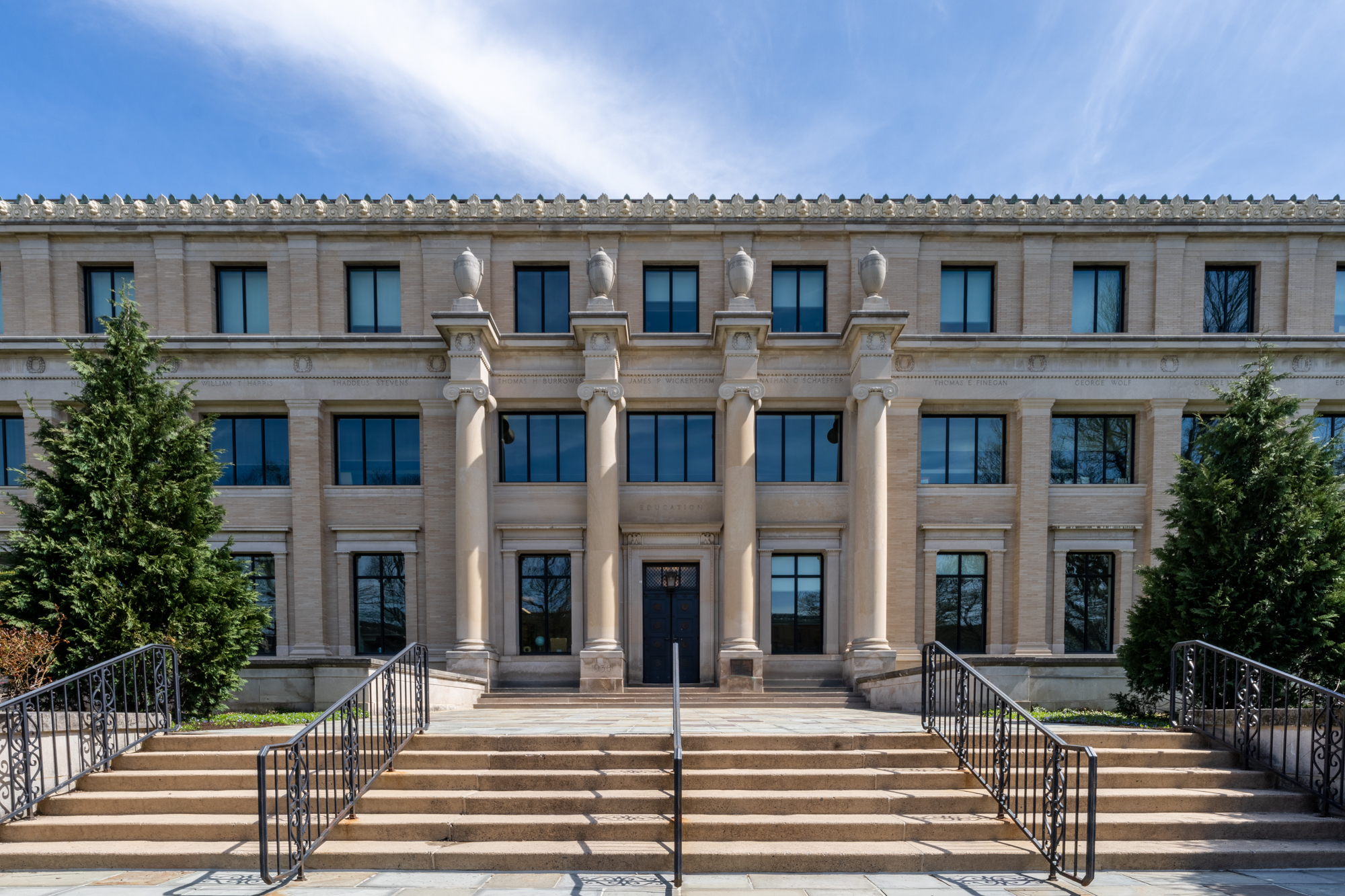
Burrowes Building
Designed by renowned architect Charles Z. Klauder and named for Penn State President Thomas H. Burrowes, Burrowes has been under the control of the College of the Liberal Arts since the early 1960s. It’s currently home to the Department of English and the School of Global Languages, Literatures, and Cultures, comprising most of the international language and literature departments: Department of Comparative Literature; Department of French and Francophone Studies; Department of Germanic and Slavic Languages and Literatures; and Department of Spanish, Italian, and Portuguese. In addition, it houses the Center for American Literary Studies and Center for Humanities and Information.
Carpenter Building
Named for C.R. Carpenter, a renowned scholar in psychology and anthropology and a pioneer in instructional television, Carpenter is the current home of the Department of Anthropology, as well as the Matson Museum of Anthropology and the Center for Human Evolution and Diversity.
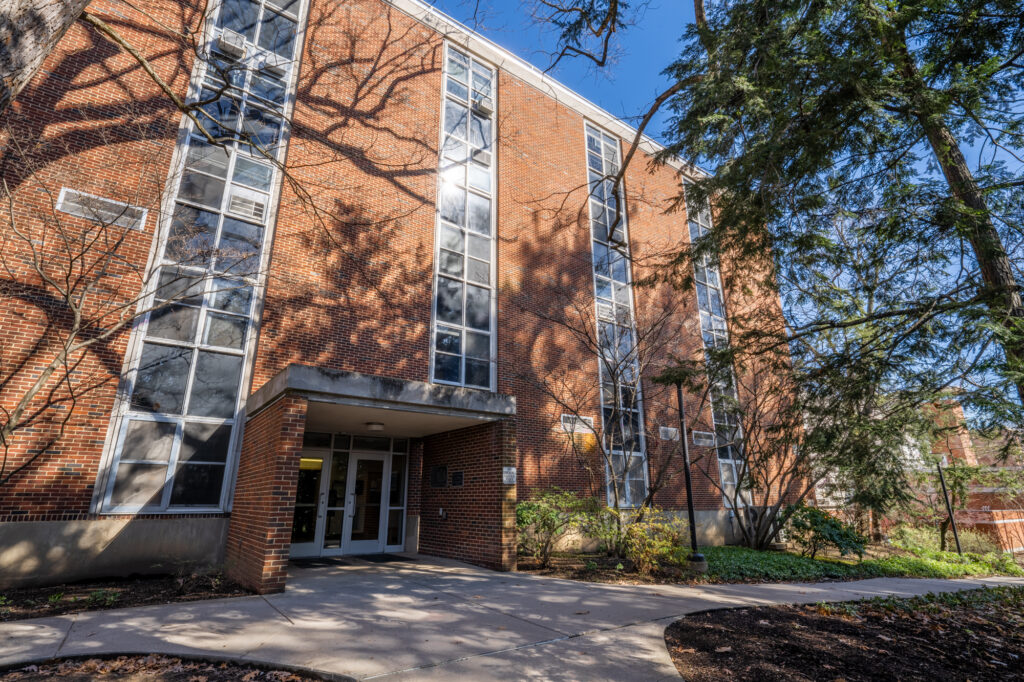
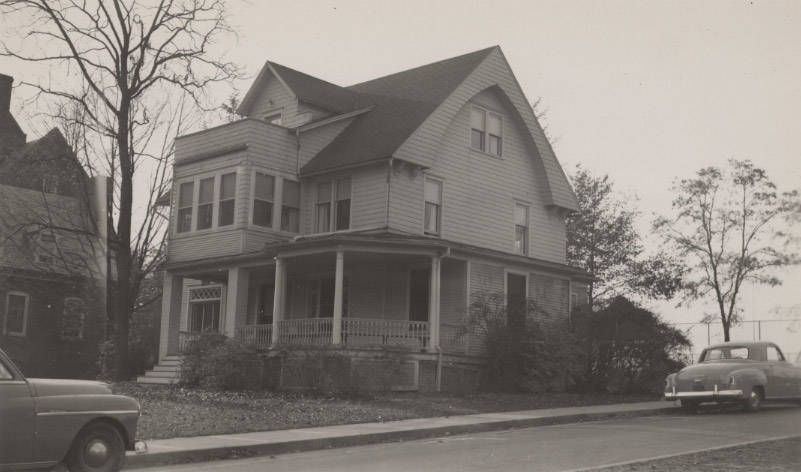
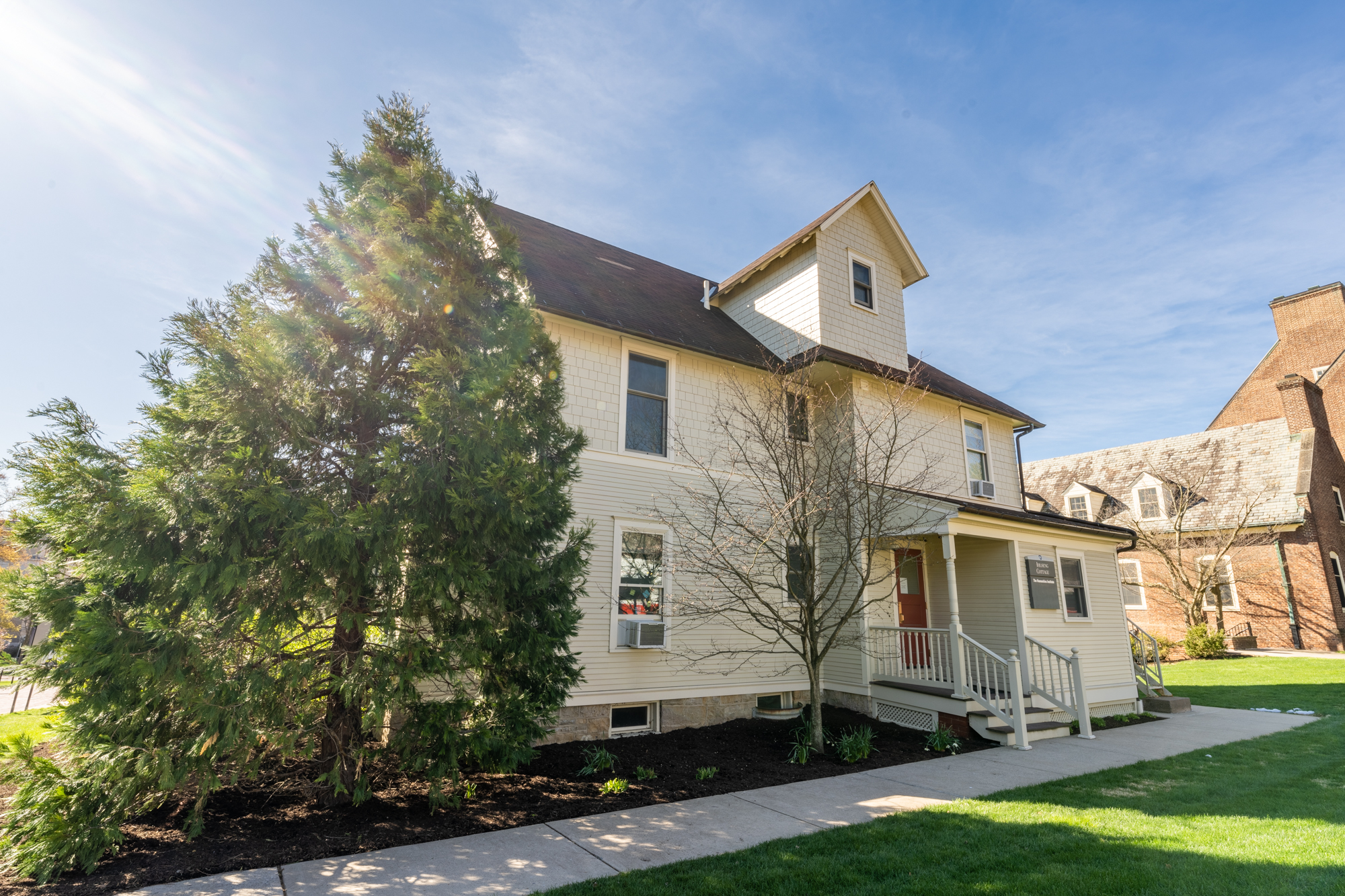
Ihlseng Cottage
Constructed in 1898, Ihlseng Cottage was initially home to Professor Magnus Ihlseng, the first dean of the School of Mines. Eventually, it became an infirmary and in subsequent years served as the English Composition Building, School of Home Economics for Home Management House, and College of Mineral Industries – Coal Technology. From 1971 to 2017, it was home to the Institute for Arts and Humanities, and currently houses the Humanities Institute.
Keller Building
Completed in 1965, Keller Building was named for J. Orvis Keller, director of General Extension from 1916 to 1953. While designed specifically for educational conferences, institutes, seminars, and workshops, it currently is home to the College of the Liberal Arts’ School of Labor and Employment Relations, the Center for Global Workers’ Rights and the Center for International Human Resource Studies.
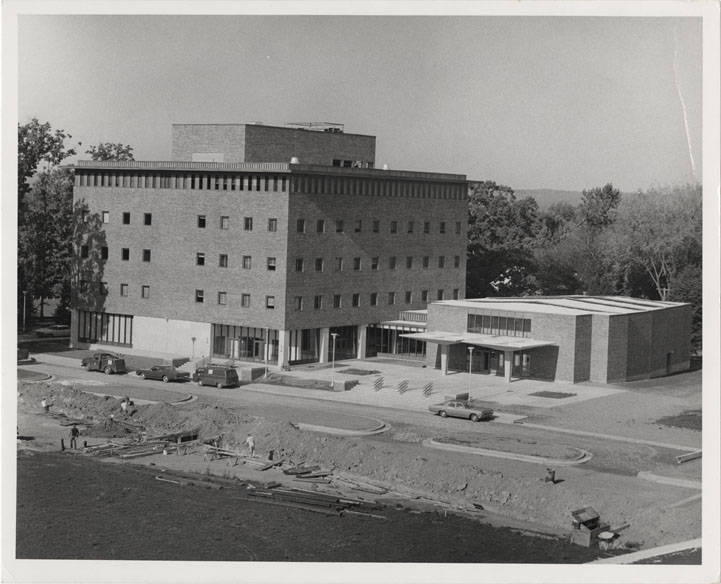
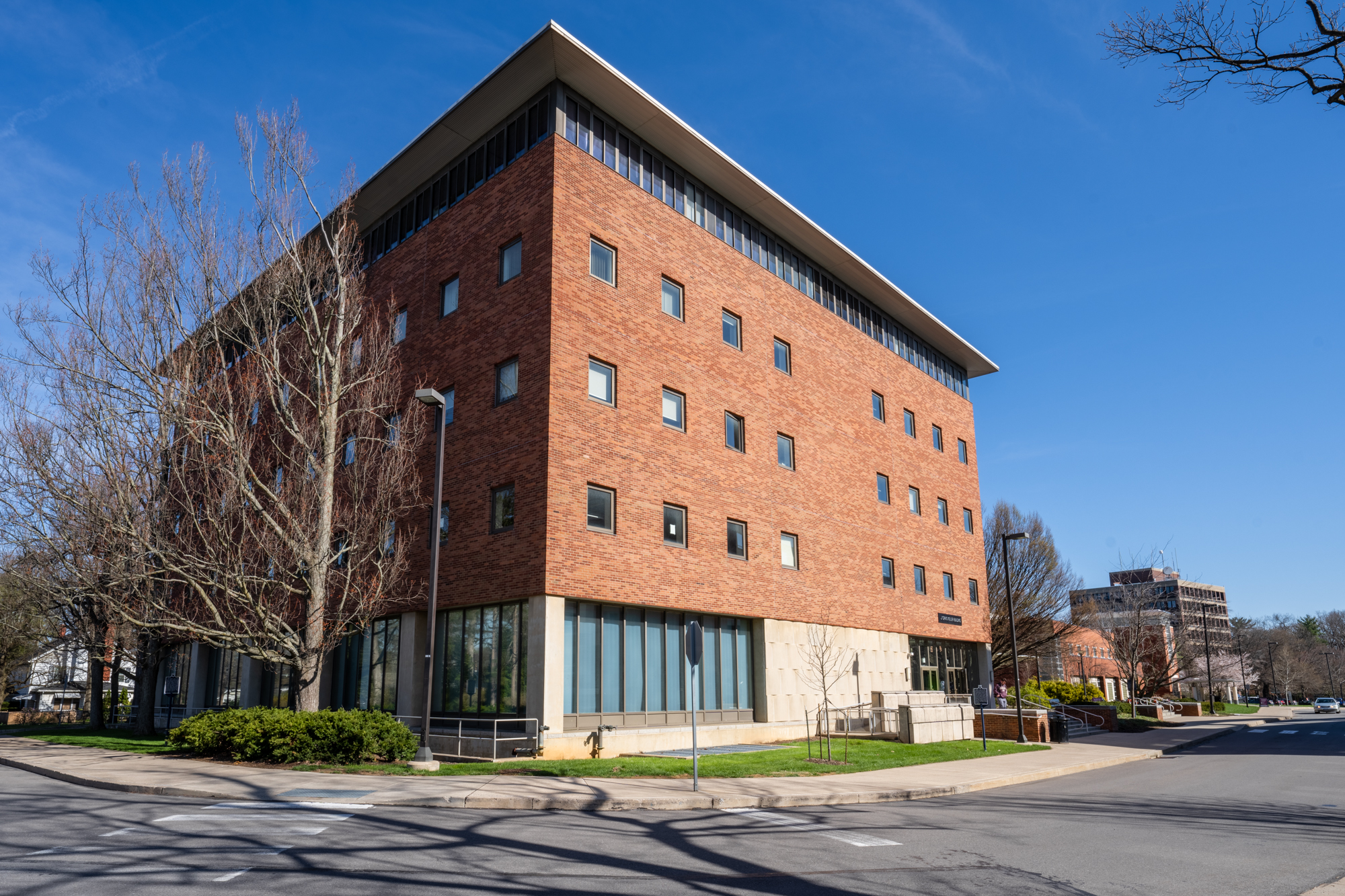
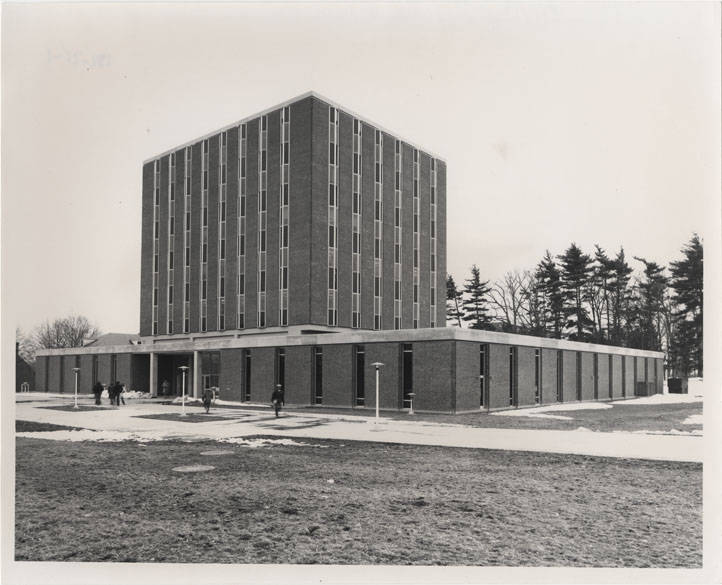
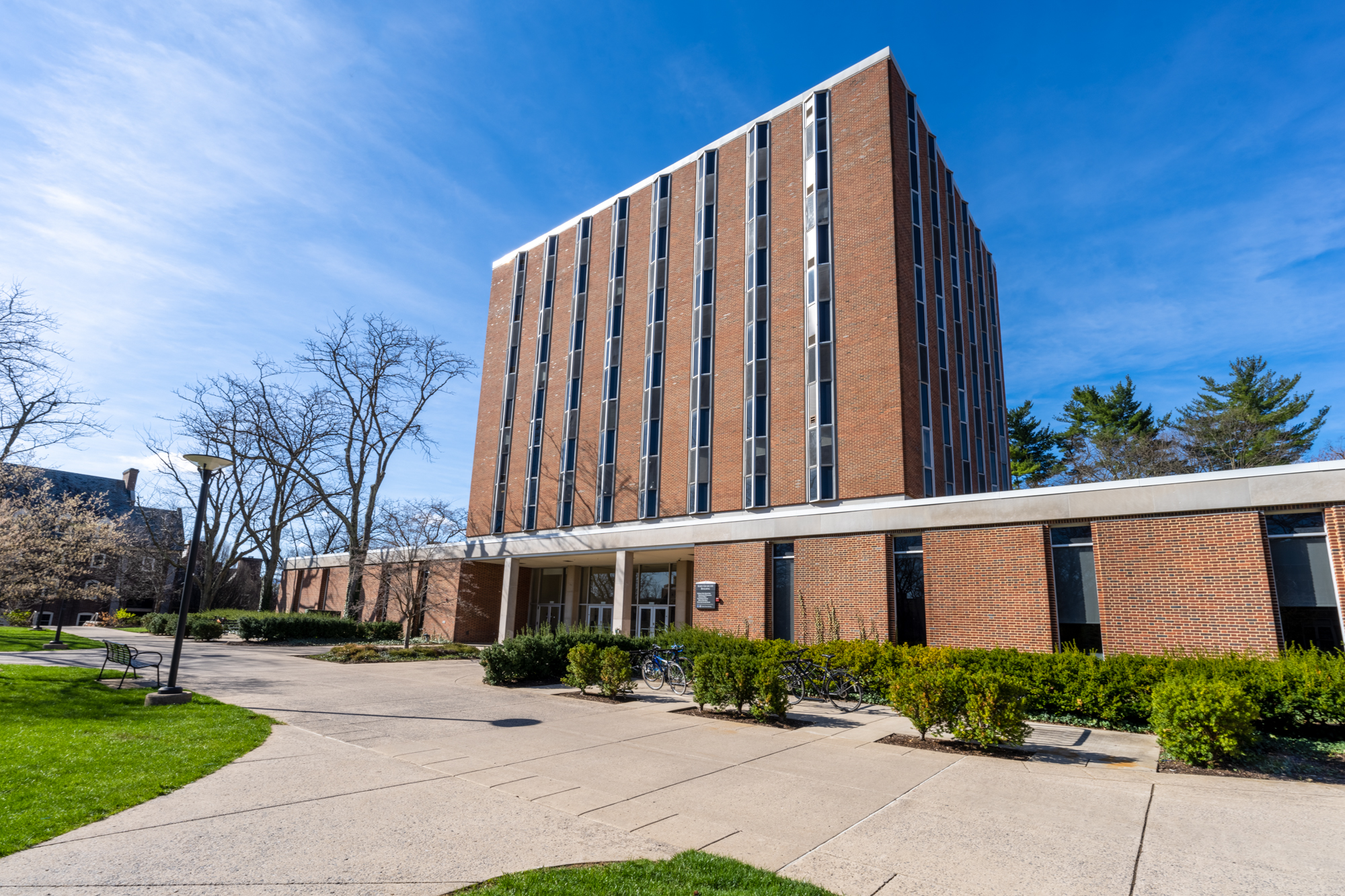
Kern Graduate Building
Constructed in 1970 and named for Frank D. Kern, dean of the University’s graduate school from 1922 to 1950, the Kern Building serves as the home of The Graduate School at Penn State, one of the largest of its kind in the nation. In addition, it houses the College of the Liberal Arts’ Department of Economics, the University Faculty Senate, and a Panera Bread.
Moore Building
Named for Bruce V. Moore, head of the Department of Psychology from 1928 to 1952, and constructed in 1969, Moore Building is the home of the Department of Psychology and the Penn State Psychological Clinic, one of the oldest university-based clinics in the United States. It also houses the Center for Language Science and the Child Study Center.
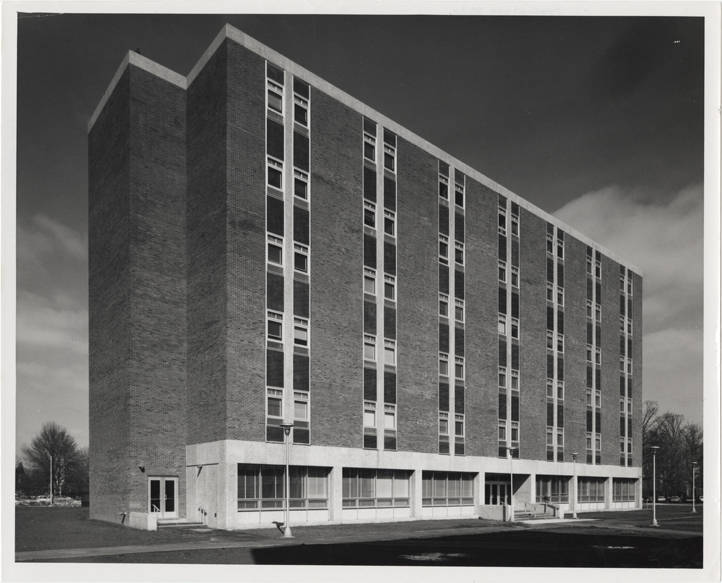
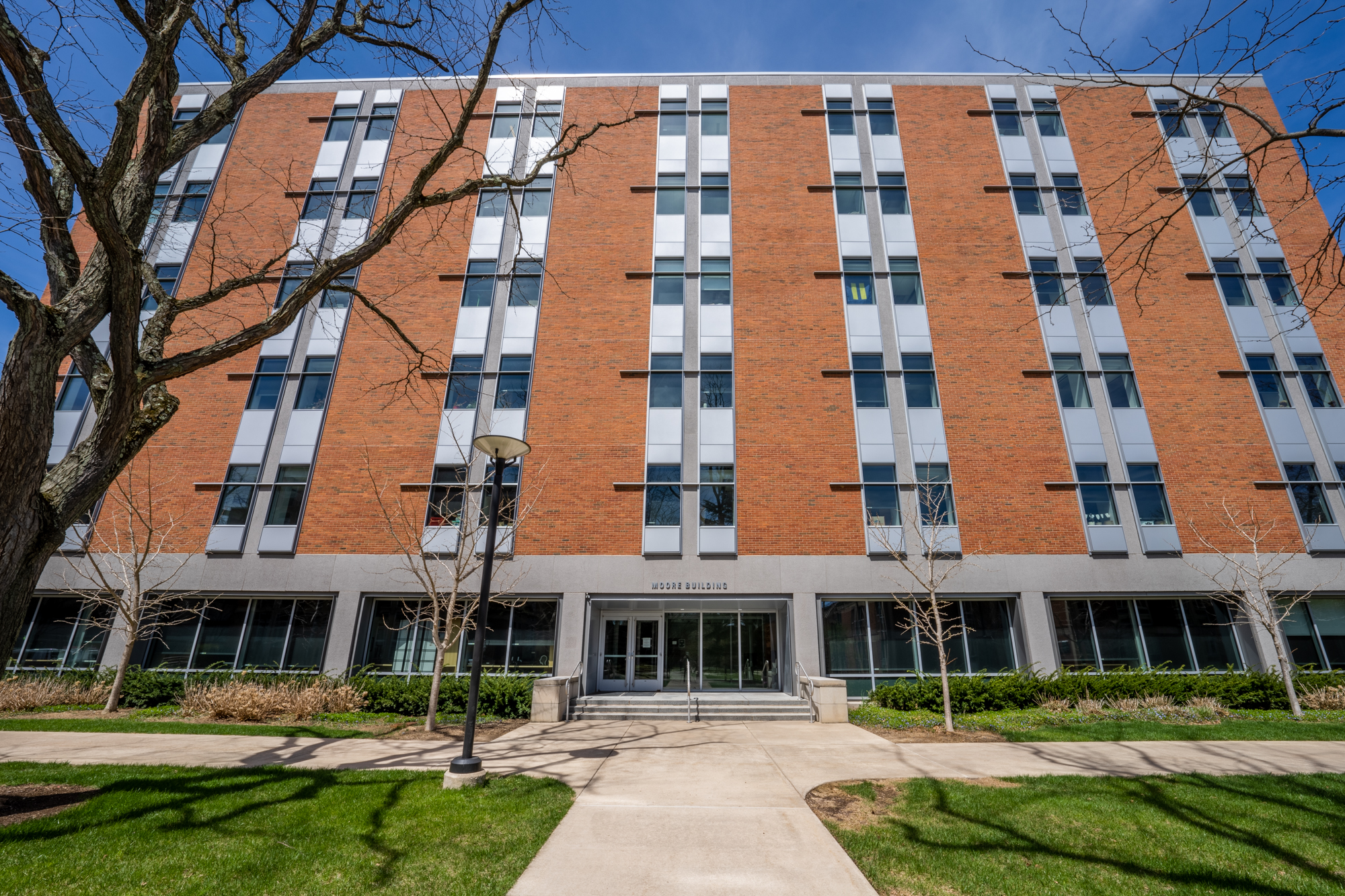
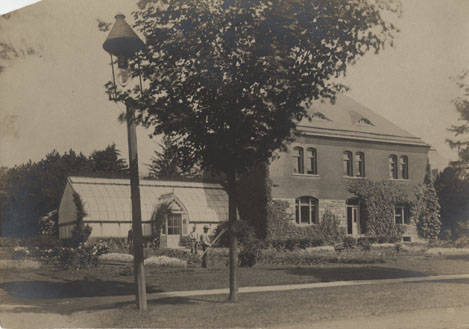
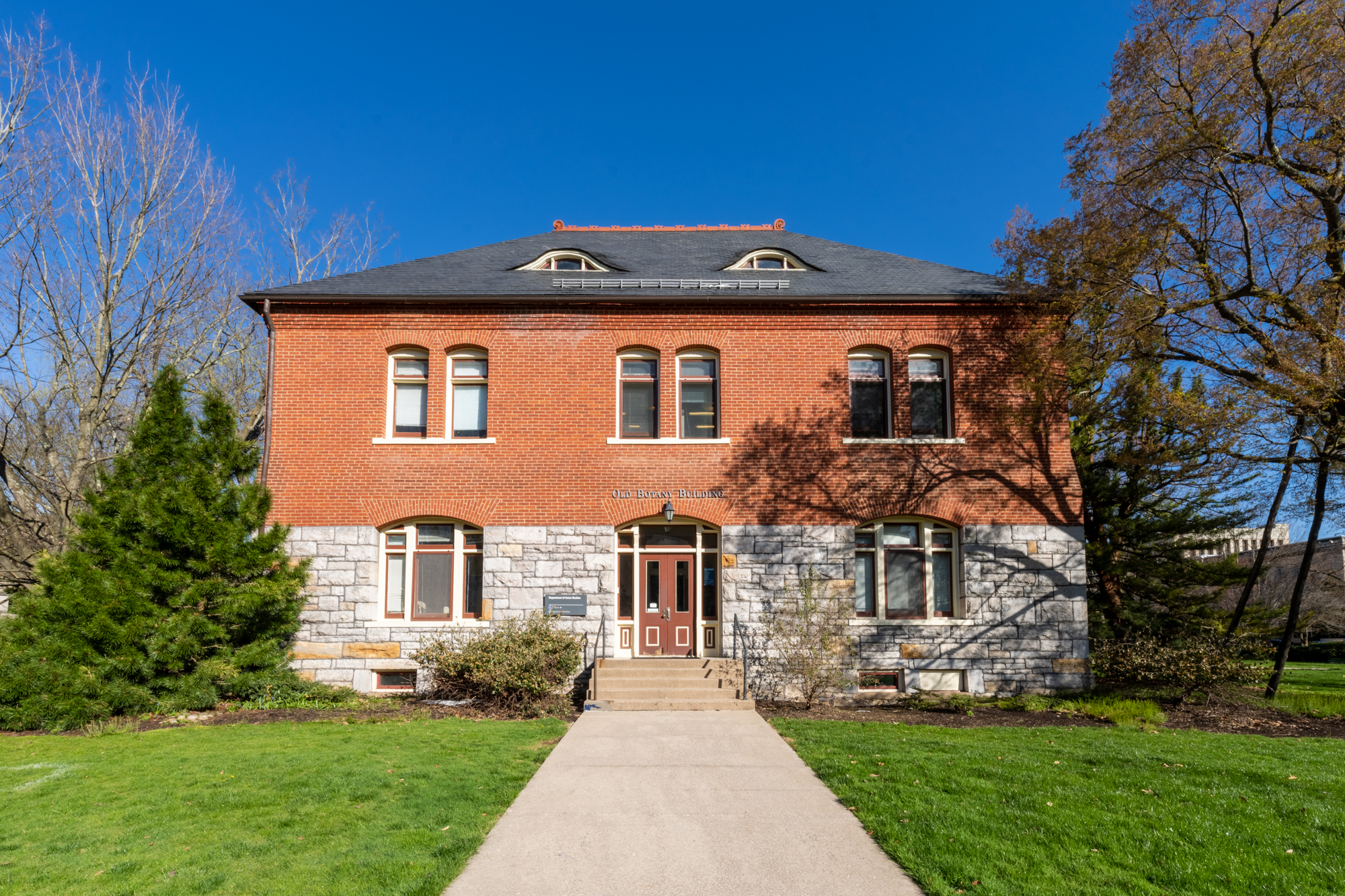
Old Botany Building
Old Botany is the oldest building on campus whose exterior hasn’t been significantly altered since its construction—it was completed in 1888 and designated a historic landmark by the Board of Trustees in 1962. Originally home to the Department of Botany, it was the first building on the upper mall and originally included a gabled greenhouse, formal gardens, and the tree-lined Ghost walk. The building currently houses the Department of Asian Studies.
Oswald Tower
Completed in 1973 and named for John W. Oswald, Penn State’s thirteenth president, Oswald Tower is currently home to the Department of Sociology and Criminology and the Criminal Justice Research Center.
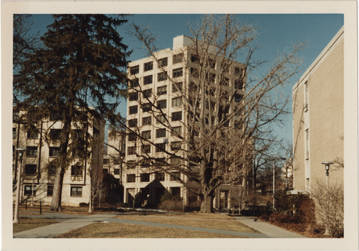
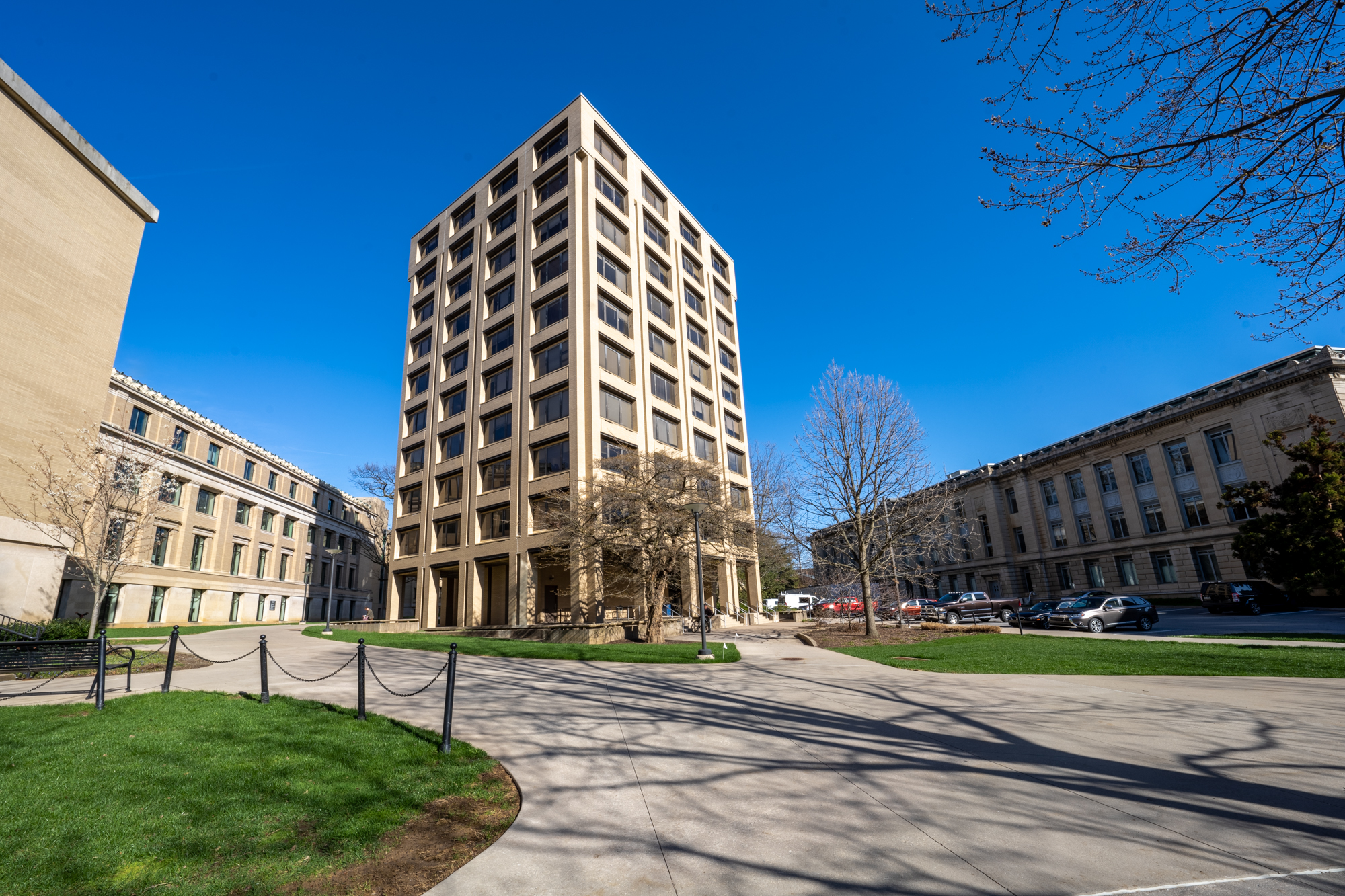
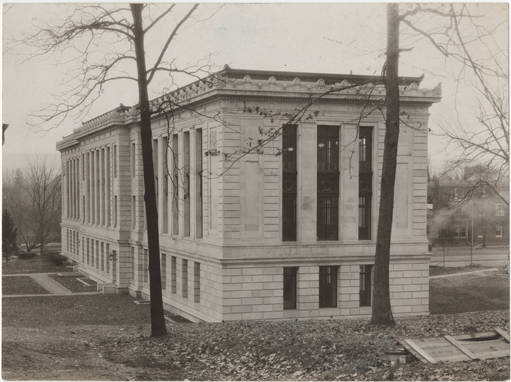
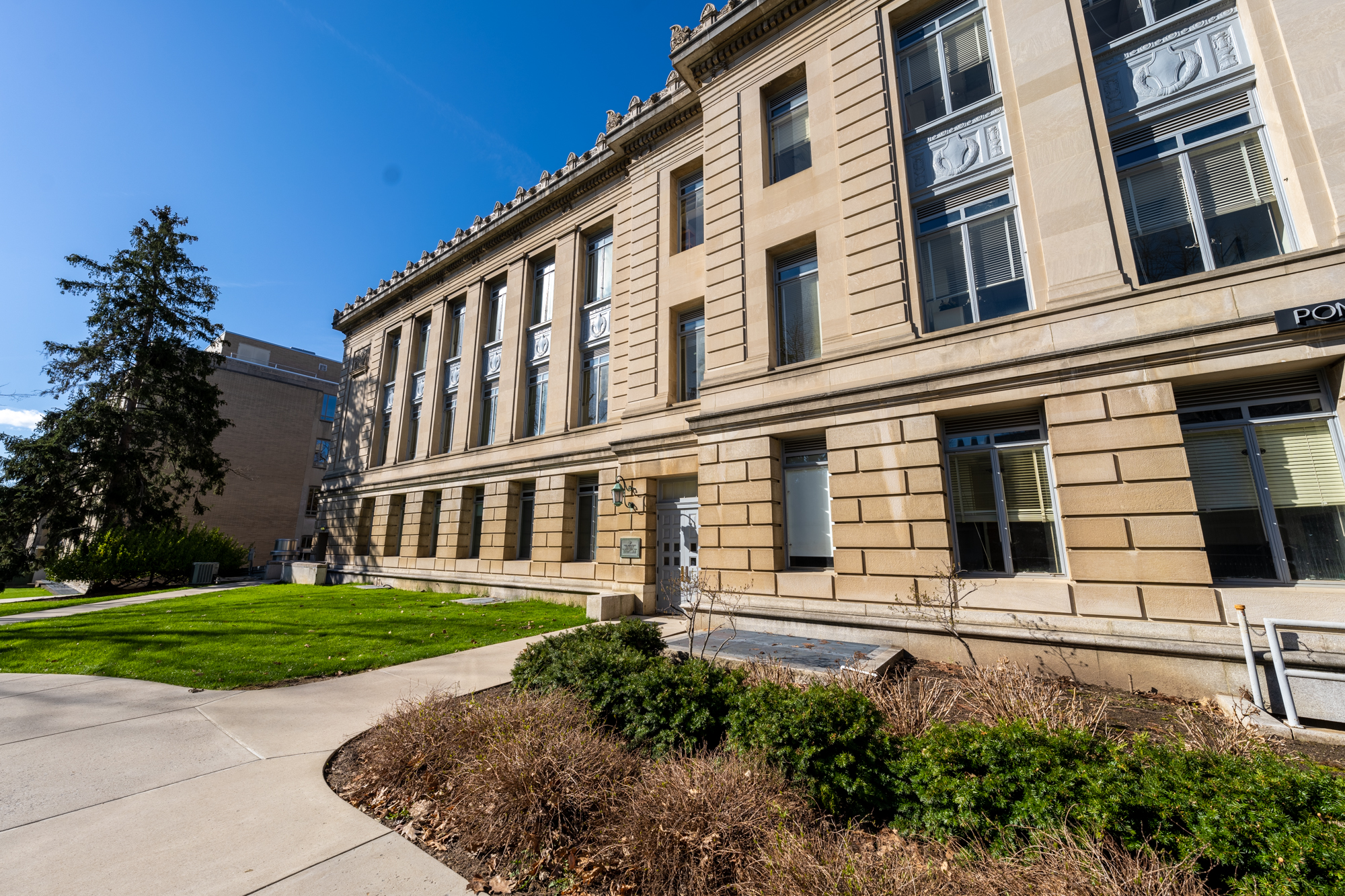
Pond Laboratory
Sparks Building
The administrative home of the College of the Liberal Arts, Sparks was previously known as the Liberal Arts Building and was named for former Penn State president Edwin Erle Sparks. Designed by architect Charles Z. Klauder in the classic revival style, the original building was completed in 1916, with the north wing added in 1930 and the central wing in 1939. Sparks serves as the administrative home for the College of the Liberal Arts and houses the college’s Student Services offices. It’s also home to the African Studies program and Departments of Applied Linguistics, Communication Arts and Sciences, and Philosophy, as well as the Africana Research Center, Center for Advanced Language Proficiency Education and Research, Center for Language Acquisition, Center for Social Data Analytics, and Rock Ethics Institute.
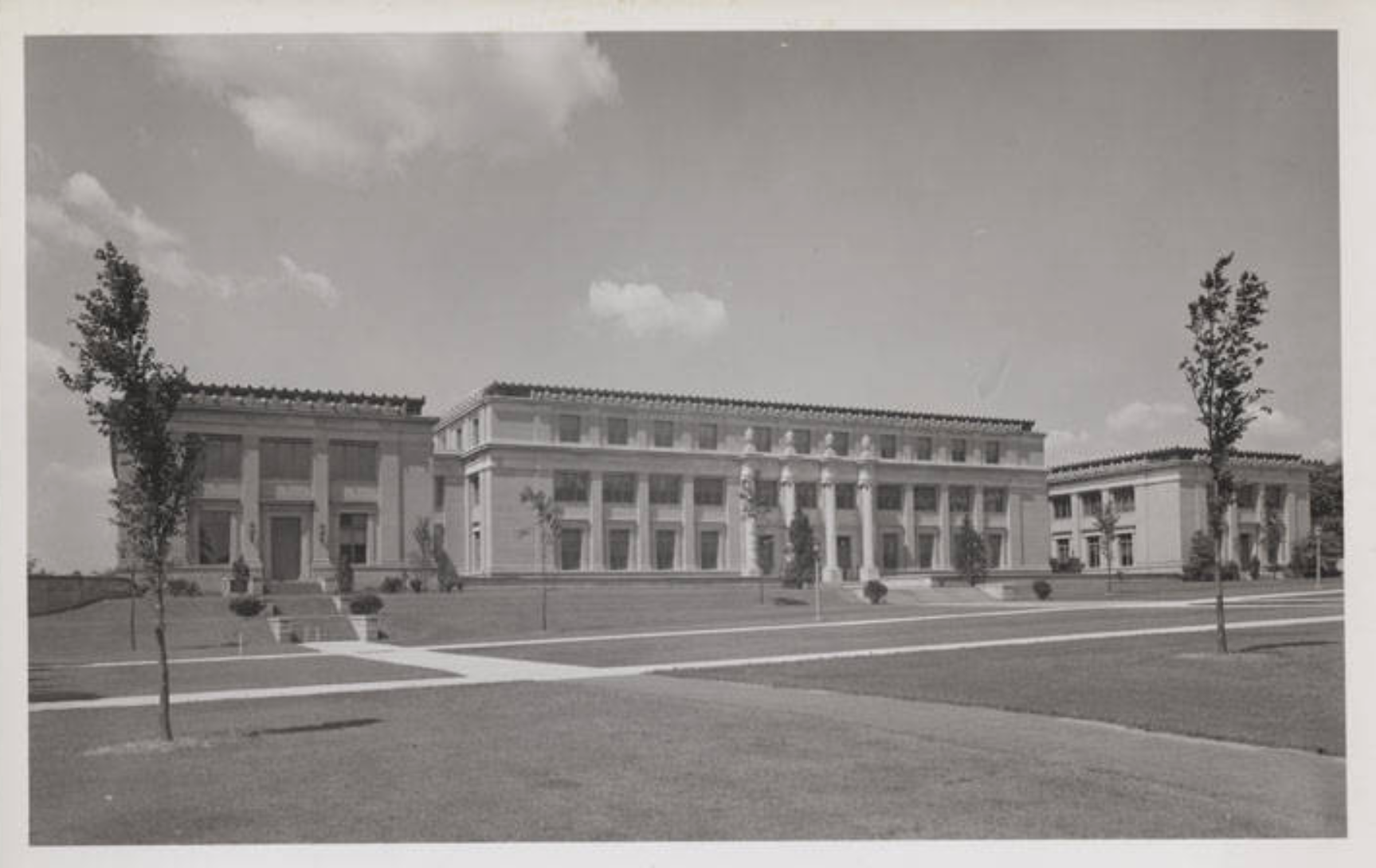
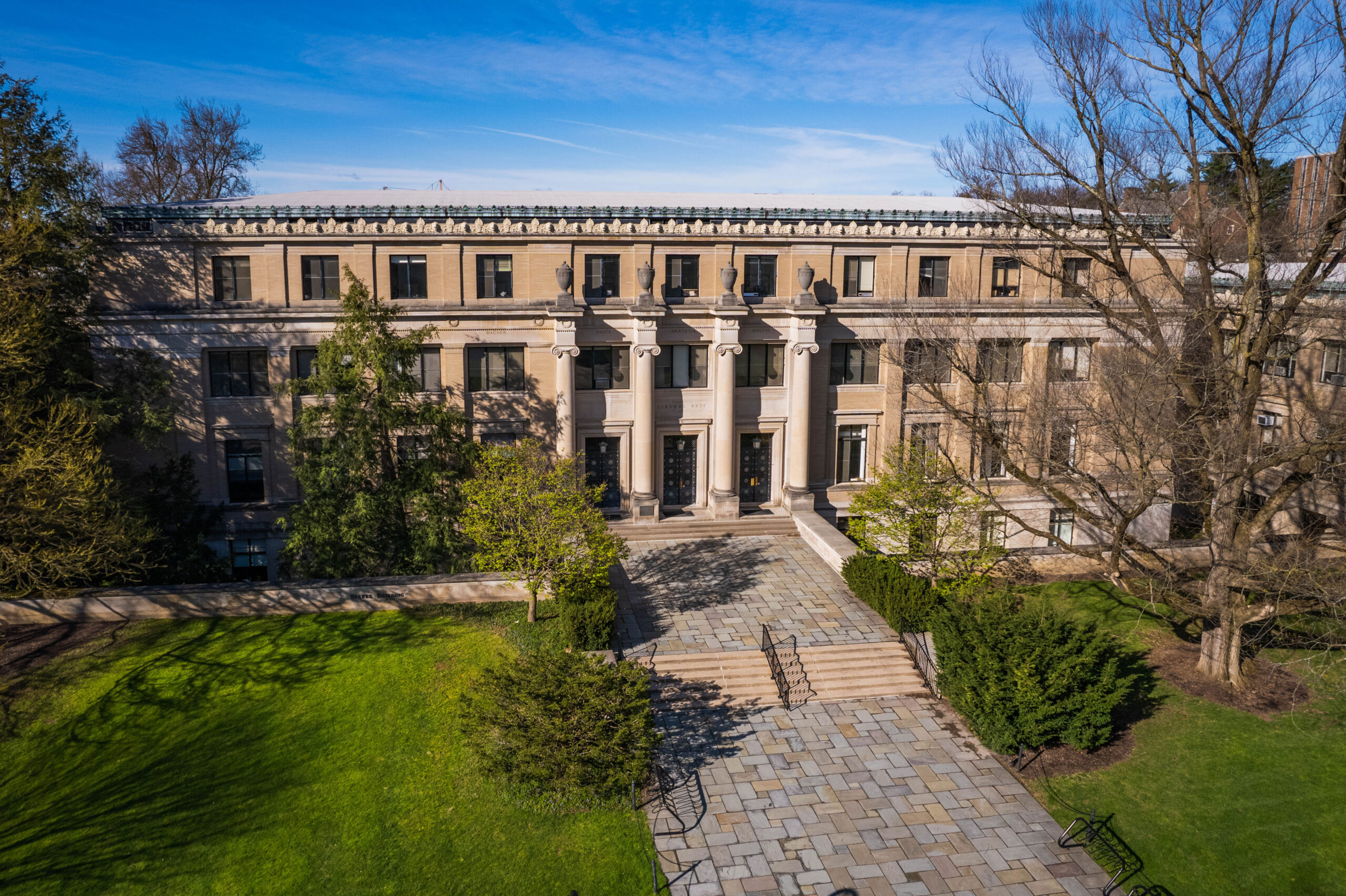
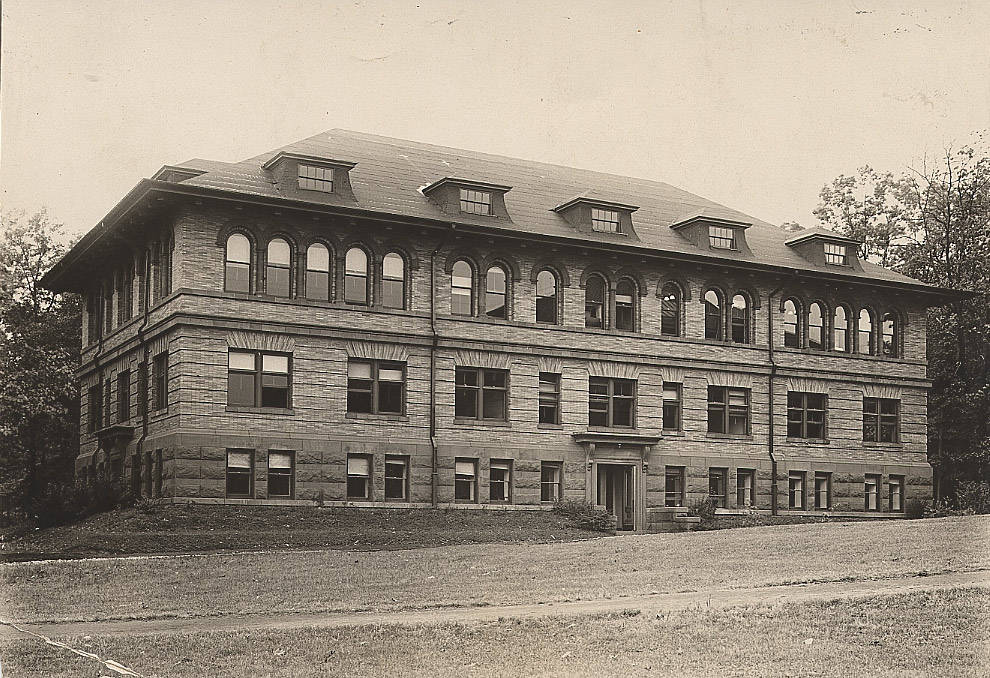
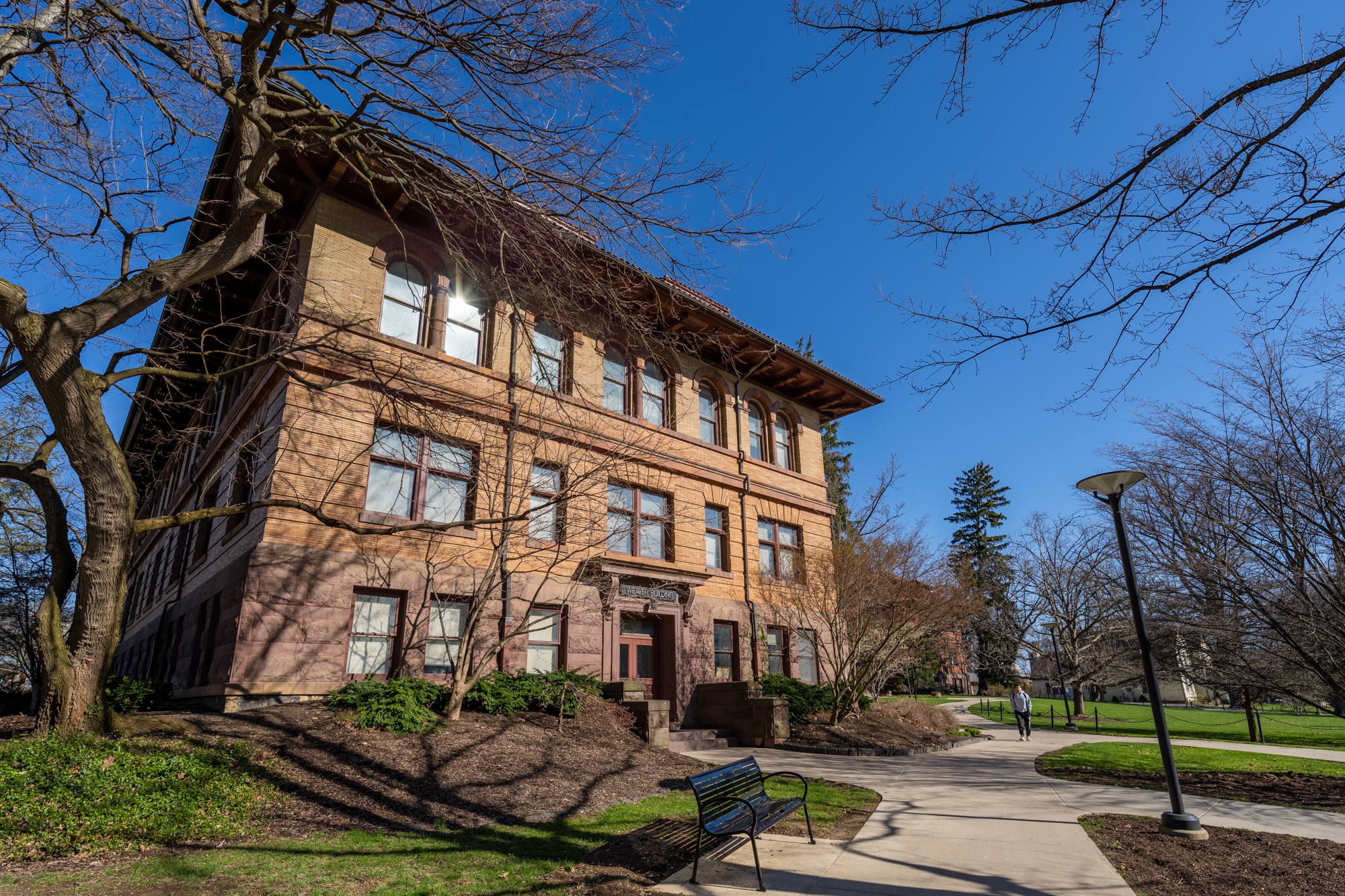
Weaver Building
Completed in 1914 and originally known as the Horticultural Building, Weaver was renamed in 1954 in honor of Frederick Pattison Weaver, first department head of Penn State’s Department of Agricultural Economics and Rural Sociology. Today, it houses the Department of History, Department of Classics and Ancient Mediterranean Studies, Jewish Studies program, and Latina/o Studies program.
Willard Building
Built in 1949 and originally known as Willard Hall, Willard was named for math professor Joseph M. Willard. One of the most used buildings on campus, it recently became the new home of the state-of-the-art Bellisario Media Center. Within the College of the Liberal Arts, it houses the Department of African American Studies and Department of Women’s, Gender, and Sexuality Studies.
